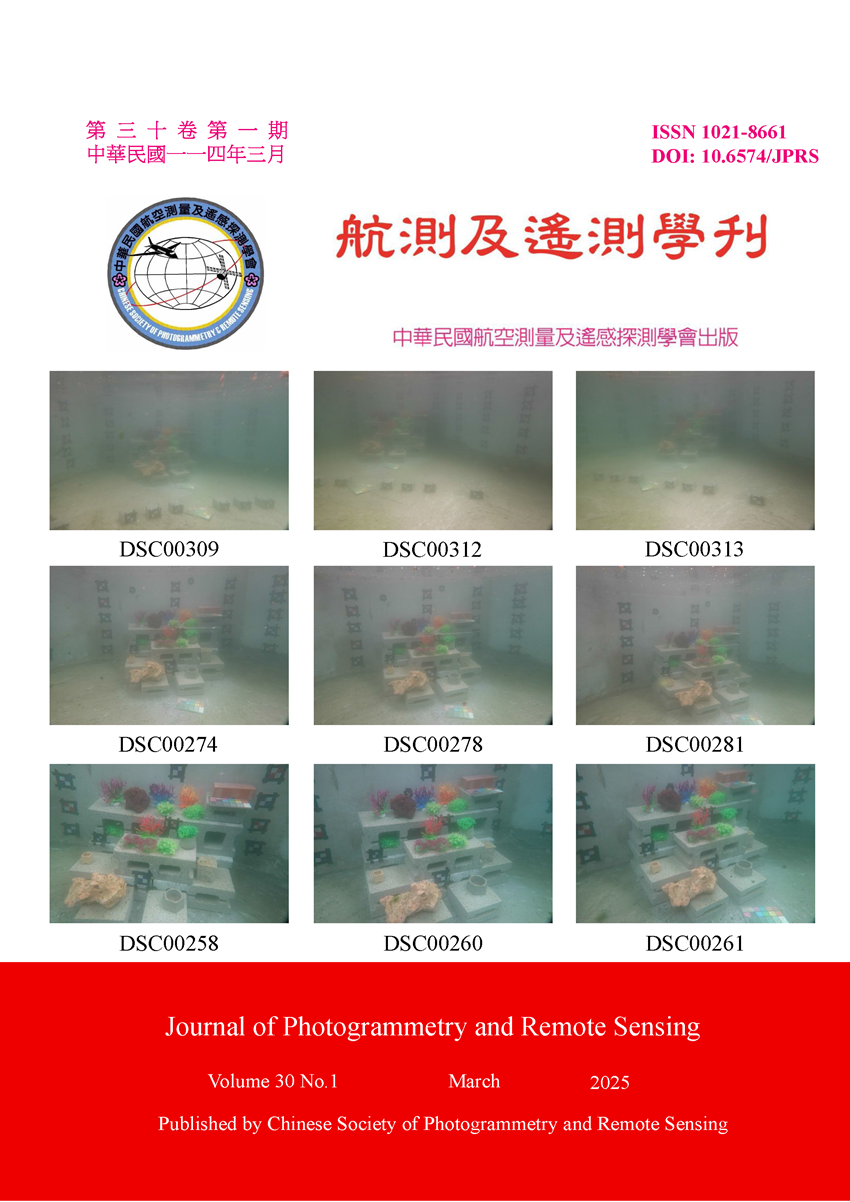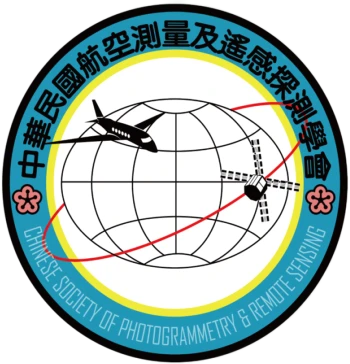Under the premise of sufficient lighting or illumination and with insignificant water flow disturbance, this study focuses on the flat-refractive imaging system, where a camera is facilitated in a housing device and acquires the images underwater, a typical configuration in underwater photogrammetry. The imaging path of flat-refractive imaging system involves multimedia environment, where both imaging and positioning are influenced by the refraction effect. Accurate determination of interior and exterior orientation, distortion parameters, and glass-related parameters such as glass thickness, the distance from the perspective center to the interface, the tilt of the glass interface, and refractive indices is essential to construct the correct imaging path and solve tasks related to object-to-image correspondence.
In the object-to-image correspondence model of underwater photogrammetry proposed in this study, simulations and actual experiments were conducted to analyze the influence of parameter errors and intersection geometry on the positioning quality of object points, validating the feasibility and effectiveness of the model. The results provide a reference for object space positioning in underwater photogrammetry, enabling users to identify the errors of influential factors and select appropriate configurations based on task requirements.

